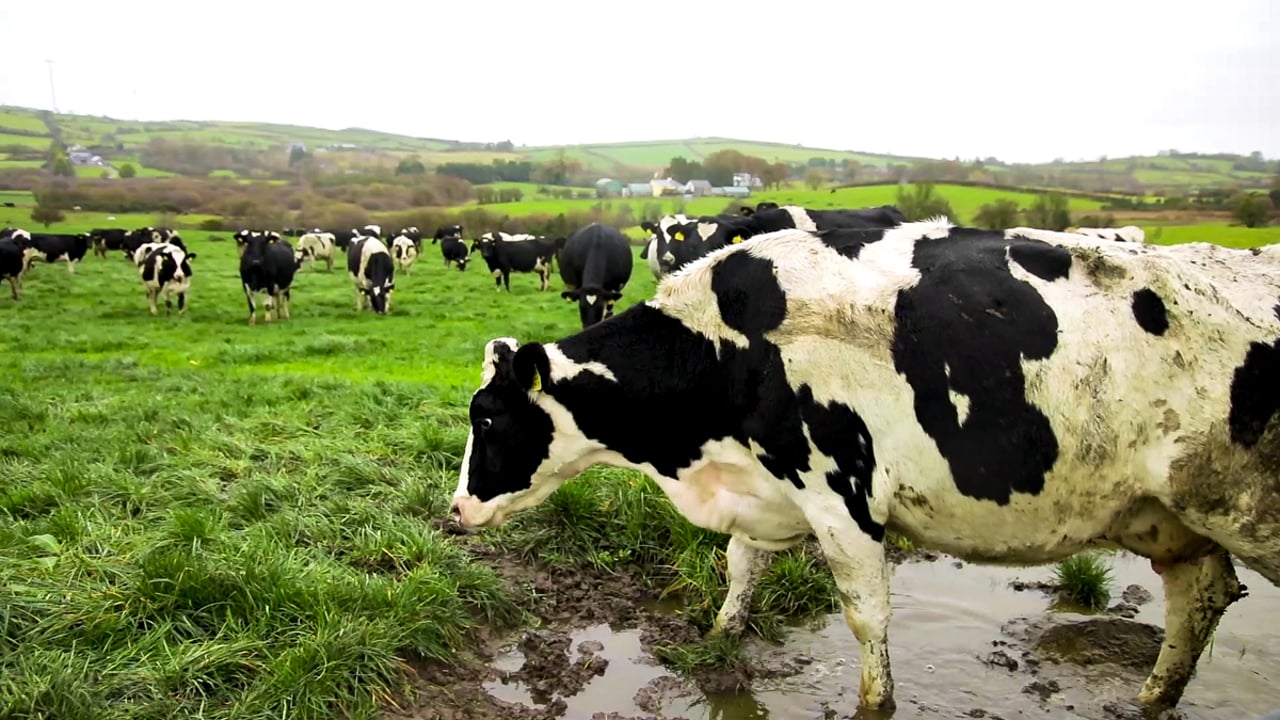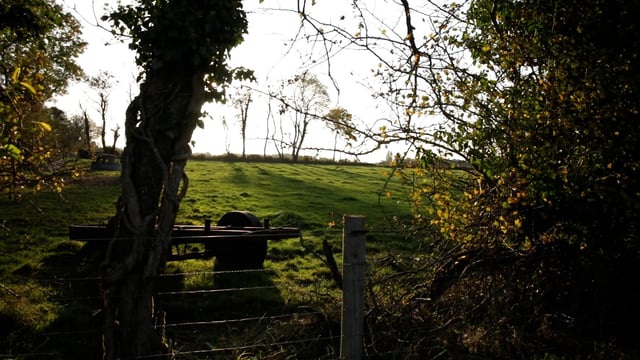Controlling environmental mastitis on your dairy farm
Contagious and environmental mastitis are the most economically challenging diseases faced by Irish dairy farmers – with a single case potentially costing farmers between €250 to €300.
Economic losses include:
The cost is mainly down to lost production, but with the new legislation coming into place earlier next year, controlling mastitis on-farm has become more important than ever.
Environmental mastitis is usually caused by an infection contracted outside the milking parlour.
Environmental mastitis is caused by bacteria such as E.coli and Strep Uberis, the primary sources being faeces and mud.
To minimise the chances of the development of environmental mastitis good stockmanship is required - when herding the cows and during milking.
Pre and post-milking, some cow teat ends will not be completely closed, so areas where cows congregate such as water troughs, gateways, collecting yards and housing must be kept clean to minimise infection.
Cows entering and leaving the milking parlour are at the highest risk of developing environmental mastitis.
Splashing manure can make cow udders dirtier and increases the risk of developing an infection.
Because of this, these areas should be kept as clean as possible, particularly the exit area when cow teats will not have closed.
During milking is an ideal time for environmental mastitis bacteria to be spread between cows from contaminated clusters.
The most effective way to control the spread of bacteria is through a good milking routine and the use of a post-milking teat disinfectant.
Ensure when attaching clusters to a cow presented for milking that her udder is clean, if greater than 5% of the herd are coming in with dirty udders - there is pre-milking management issue that needs to be resolved.
Milking routine tips:





